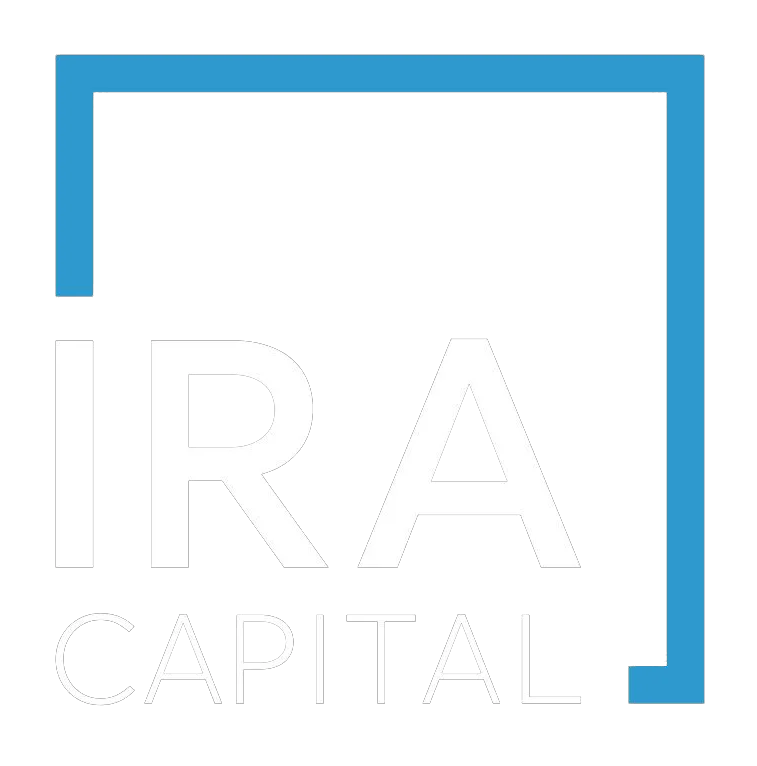Why is value-add senior housing a compelling opportunity in today’s environment?
Q1 2025 Senior Housing Insights
Executive Summary
Non-stabilized, new vintage senior housing assets are trading materially (40-50%) below today’s replacement costs.
Replacement costs are expected to remain high due to higher interest rates, materials, and labor, effectively constraining new supply into the foreseeable future.
There is a distinct lack of operators with the skillset to be able to tackle value-add opportunities which lead to value-add opportunities being mispriced by the market.
The limited competitor set, valuations below replacement cost, and limited future supply growth has created compelling opportunities in 2025 to acquire new vintage, high-quality senior housing assets and execute to core.
The Current Senior Housing Dilemma
There is a growing and persistent contrast in performance between new vintage and older stock of senior housing. As senior housing has matured as an asset class, it has moved from a low-cost, efficiency model to a high-end, service and hospitality product catering to affluent seniors. Due to the difference in target demographics based on when the asset was developed, many of the older senior housing assets are under-amenitized, consist of primarily studio units, and are smaller in size (i.e. less than 80 units), making them obsolete and unable to meet today’s consumer preferences.
Before COVID, new developments were in high demand due to this “haves versus have-nots” dynamic in the marketplace and would sell well above replacement costs as investors competed to acquire the limited supply of new, non-obsolete product. Fast forward to today, developments are no longer economically feasible due to high interest rates and inflated construction costs. This has caused a large drop in projected supply and construction starts, further dwindling the supply of high-quality new vintage product available. As a result,stabilized, new vintage assets continue to tradeat high valuations driven bytheir scarcity and the need of REITs and large investors to recycle their portfolio out of older, obsolete assets and into new vintage assets.
Senior Housing Inventory Growth vs. 80+ Population Growth
Core Assets at Distressed Pricing
With the lack of development leading to a constrained supply of high-quality assets, value-add opportunities focused on new vintage assets are particularly attractive. Value-add opportunities, including repositioning through renovation, lease-up, and manager replacement, are abundant in today’s environment due to stress caused by high interest rates and investor fatigue from underperformance, cost overruns, and losses suffered during COVID. Additionally, end of fund life and impending refinances requiring principal paydown has created the need for owners to sell their assets, whether stabilized or not.
We believe these value-add opportunities are fundamentally mispriced by the market. The market has broadly been valuing new and old value-add assets similarly due to the perceived risk and operational prowess necessary to complete the strategies. This has led to non-stabilized, new vintage assets trading 40-50% below today’s replacement costs and below their development basis.
Development Costs ($/Unit)
New vintage, high quality assets that are non-stabilized are trading 40-50% below replacement costs, creating an opportunity to acquire assets for a significant discount. Untrended stabilized yield on costs for this profile of assets have been strong ranging from 8.5-10.5% and typically are achieved within two years from acquisition. These yields are 200-300 bps higher than new developments, without the entitlement or construction execution risk, and with a shorter path to stabilization.
Stabilized Yield on Costs
Amidst the current backdrop, we strongly believe strategies targeting new vintage value-add senior housing will deliver unmatched risk-adjusted returns. We expect this to be further supported by constrained supply and high development costs, keeping high-quality, new vintage assets scarce.
For more information contact:
MacKenzie Fraccalvieri mfraccalvieri@iracapital.com
